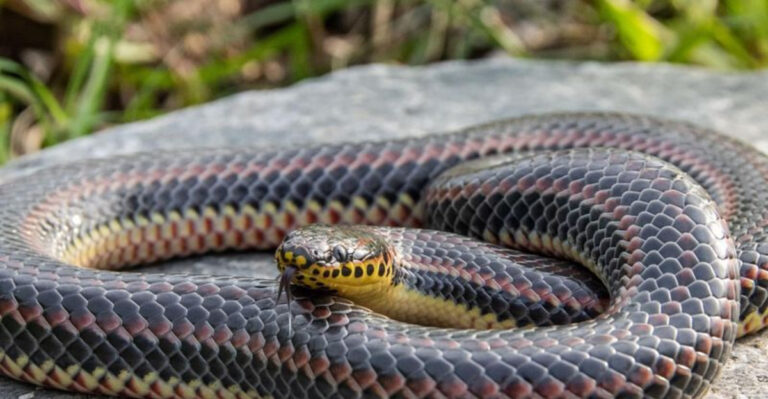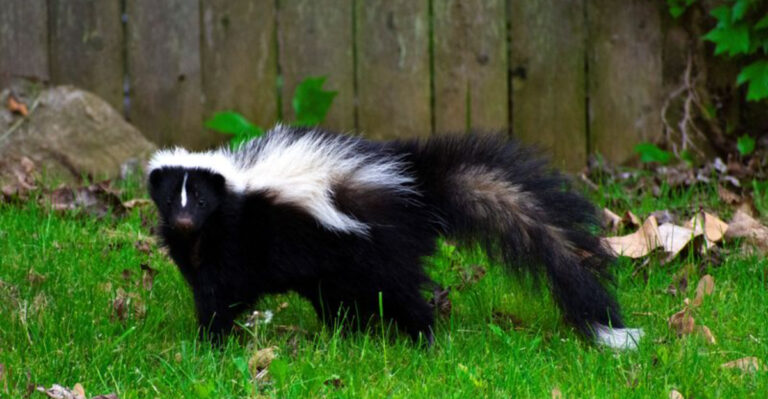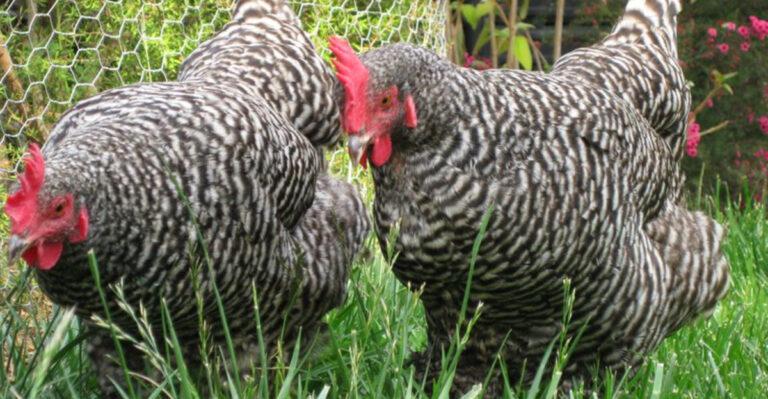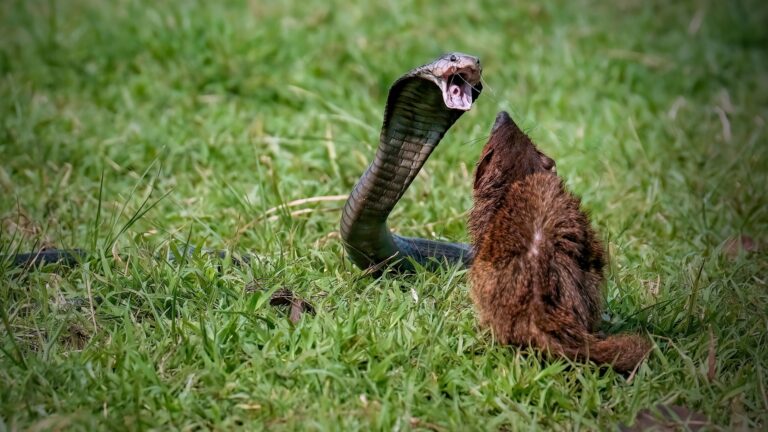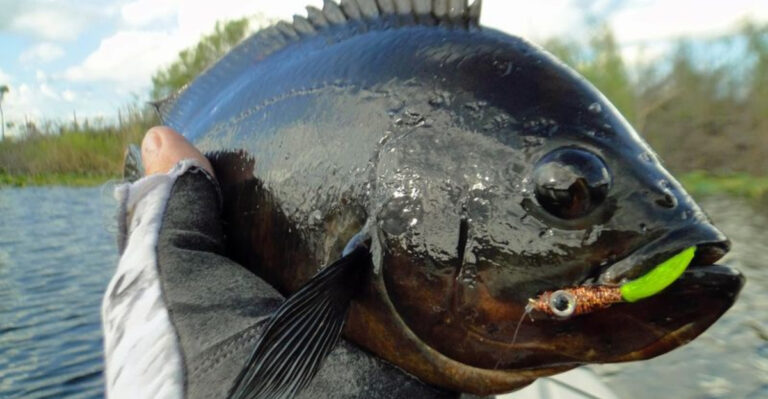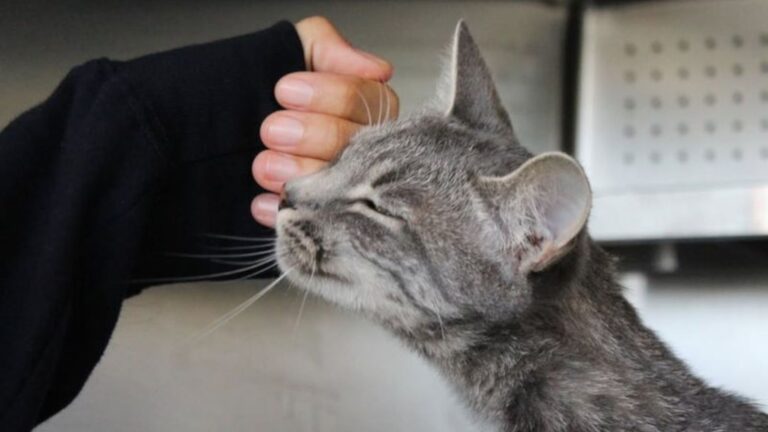Why Some Animals Will Never Be Domesticated No Matter What

Have you ever wondered why some animals remain wild and untamed, despite humanity’s best efforts? It’s not just stubbornness – there are fascinating reasons behind their resistance to domestication.
These creatures have traits and instincts that make them unsuitable candidates for life in our homes or farms. Let’s explore why these 14 animals, in all their majestic glory, will forever remain a part of the wild.
1. African Elephant
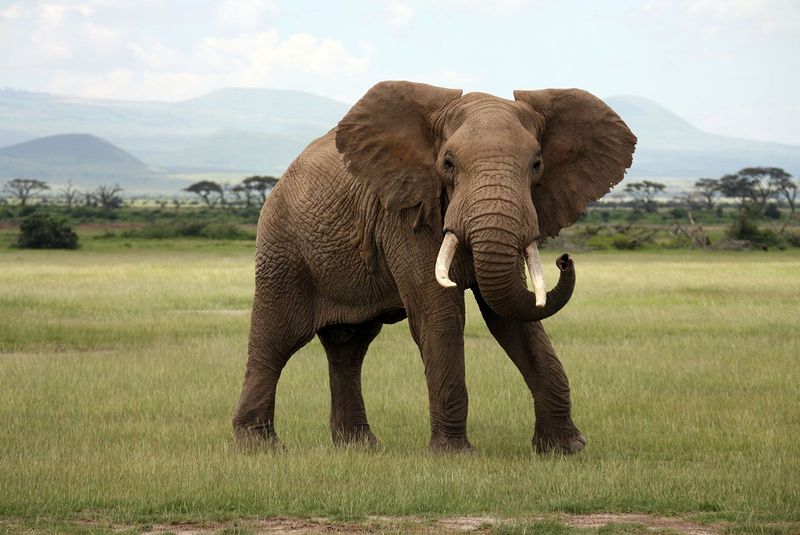
The African Elephant has a grandeur that’s impossible to resist. These massive creatures, with ears flapping like gentle sails, are known for their intelligence and strong family bonds.
Yet, their size and strength make them formidable to domesticate. Imagine trying to house and feed an animal that roams miles daily in search of sustenance.
Elephants also have social structures that are complex and intricate, making captive environments inadequate.
Moreover, they require vast spaces to thrive, something human settlements can’t provide. Their wildness isn’t just a feature; it’s a necessity for their survival.
2. Bengal Tiger

With a fiery coat and eyes that pierce the jungle’s darkness, the Bengal Tiger is nature’s stealthy predator.
These cats have territories that span vast expanses, and they are solitary by nature, which makes domesticity unrealistic.
Their powerful instincts for hunting and defending territory remain robust, even in captivity. Tigers also require a meat-rich diet, hunting skills, and large roaming spaces to maintain their health.
The thought of shrinking their world into a cage feels as wrong as it is impractical. So, they continue to rule the wild with grace and power.
3. Great White Shark
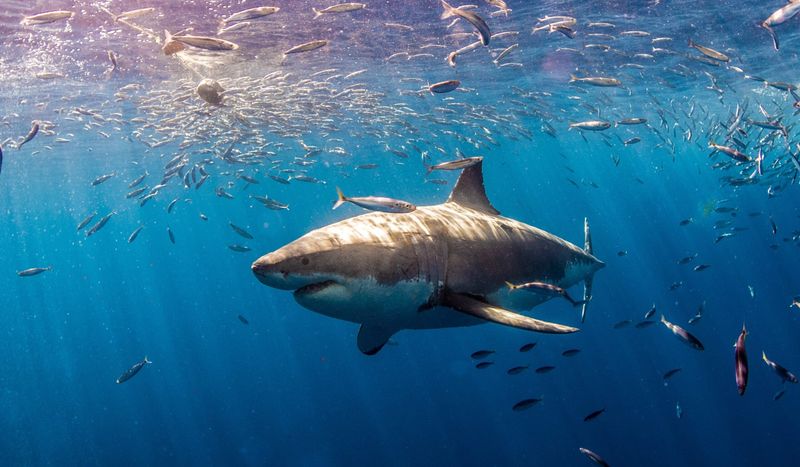
The Great White Shark is an apex predator like no other. Its sleek body cuts through the ocean with astounding precision, and its reputation strikes awe and fear alike.
These sharks are built for the vastness of the sea and can’t survive in small, enclosed spaces. Their migratory nature requires thousands of miles of open water.
Moreover, their diet of seals and large fish isn’t sustainable in a confined environment. Attempting to domesticate such a creature would strip it of its very essence – the freedom of the ocean.
4. Hippopotamus
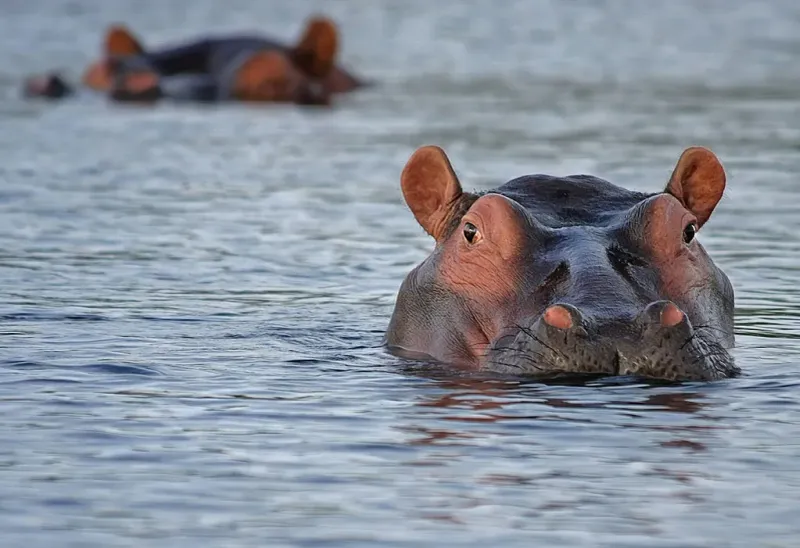
Hippos may appear docile as they bask in rivers, but don’t let their placid surface fool you. These animals are fiercely territorial and can be extremely aggressive.
Known for their enormous mouths and impressive speed on land, hippos pose a significant danger to humans.
Their strong bonds with water bodies make them unsuitable for captivity, where such environments are hard to recreate.
Besides, their dietary needs include vast amounts of grass, which is difficult to sustain. Hence, they remain as enigmatic and powerful as the rivers they inhabit.
5. Polar Bear
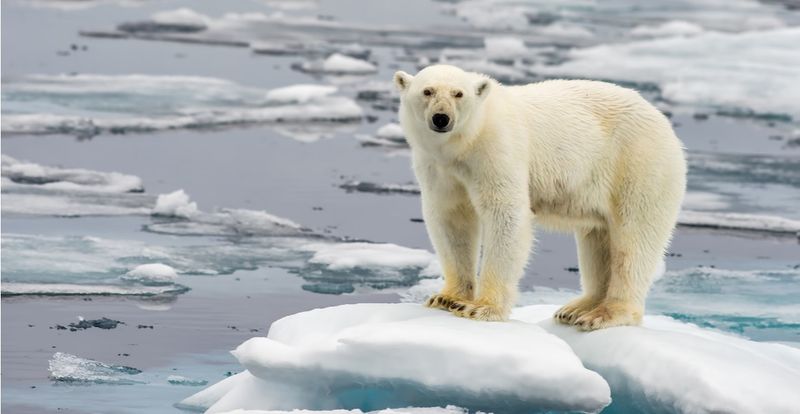
Roaming the Arctic with grace, the Polar Bear embodies the harsh beauty of the frozen north. These bears are solitary wanderers, needing vast territories to hunt seals and marine life.
Their thick fur and blubber are adapted for extreme cold, making most human environments unsuitable. Captivity cannot mimic the vast ice fields they call home.
Moreover, their hunting prowess and dietary needs are a challenge to cater to in captivity. These majestic creatures, with their snow-kissed fur, thrive where the world feels infinite and unbounded.
6. Komodo Dragon
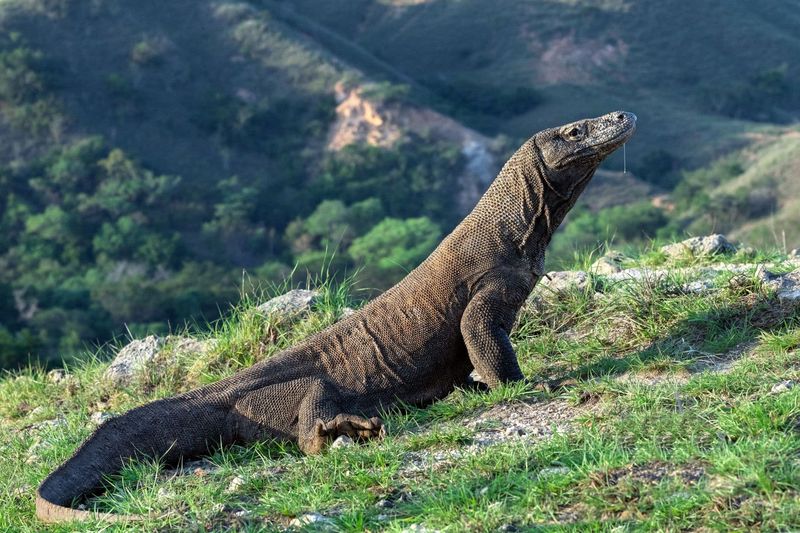
The Komodo Dragon, with its sly gaze and lumbering gait, is a living relic of prehistoric times. Found on a few Indonesian islands, these reptiles are apex predators in their habitat.
Their venomous bite and carnivorous diet make them dangerous and difficult to manage in captivity. They also require large territories and specific environmental conditions that are tough to replicate.
Handling these dragons is as perilous as taming their ancient spirit. Their role in the ecosystem is irreplaceable, and their wildness is a testament to nature’s enduring mystery.
7. Wolverine
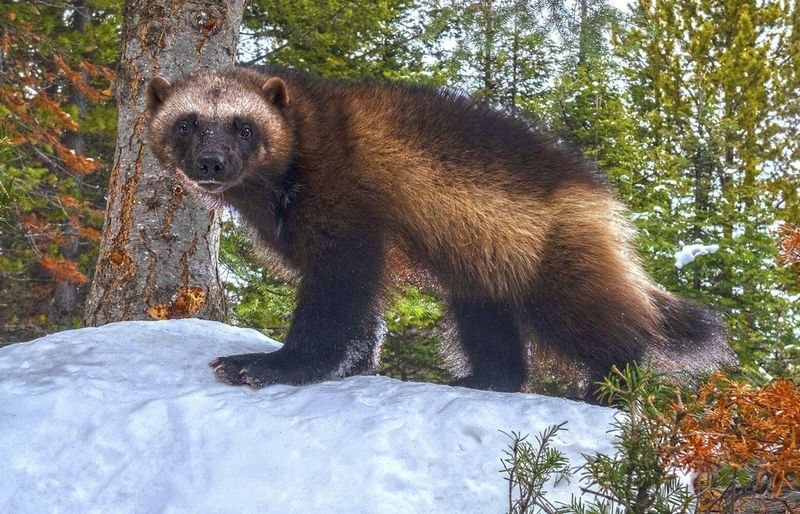
Small but mighty, the Wolverine is nature’s embodiment of ferocity and resilience. These solitary creatures roam vast wildernesses, and their appetite for travel makes confinement cruel.
Wolverines have a fierce nature that doesn’t lend itself to taming. They are opportunistic feeders, requiring a varied diet that captivity cannot easily provide.
With a remarkable ability to cover long distances and withstand harsh climates, they thrive only in the wild. Their tenacity and spirit are a reminder of the untamed wilderness, where survival is both a challenge and an art.
8. Cassowary
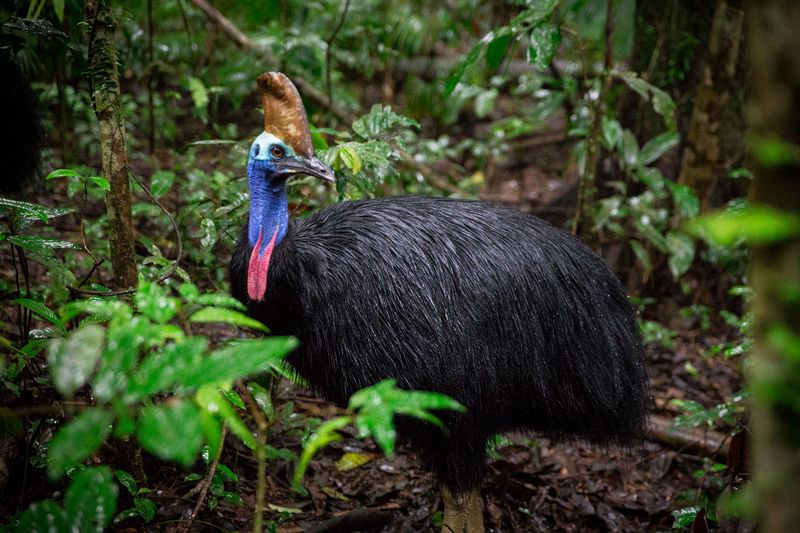
The Cassowary, with its vibrant plume and dinosaur-like stance, is a sight to behold. These flightless birds of Australia and New Guinea are known for their aggressive behavior.
They have powerful legs equipped with dagger-like claws capable of inflicting serious injury. Their solitary nature and complex dietary requirements make them unsuitable for domestication.
Cassowaries thrive in dense rainforests, where they contribute to seed dispersal.
Attempts to domesticate them would not only be dangerous but would also disrupt the ecological balance they help maintain. In the wild, their beauty and danger coexist magnificently.
9. Snow Leopard
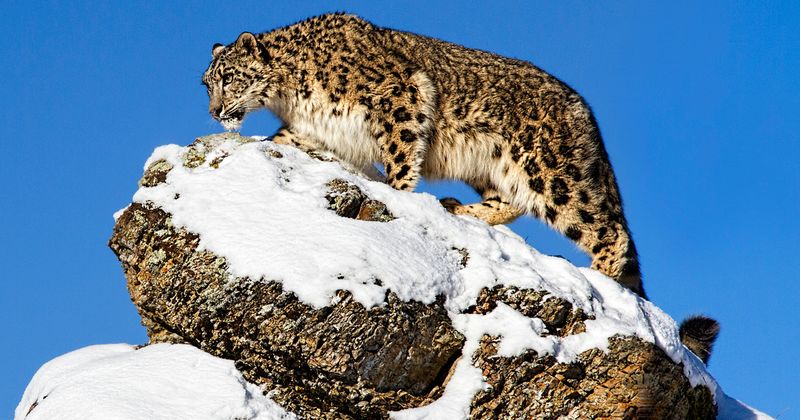
In the high, rugged mountains of Asia, the Snow Leopard prowls – a ghost of the peaks. Their solitary nature and need for extensive territory make them unsuitable for domestication.
Snow Leopards are adapted to cold, mountainous regions and require specific prey like blue sheep and ibex.
Captivity cannot replicate their natural habitat’s complexity and space. They possess a mysterious grace and strength that captivates but remains untamed.
For these reasons, they continue to reign over the snowy heights, elusive and free, as symbols of nature’s wild spirit.
10. Orangutan
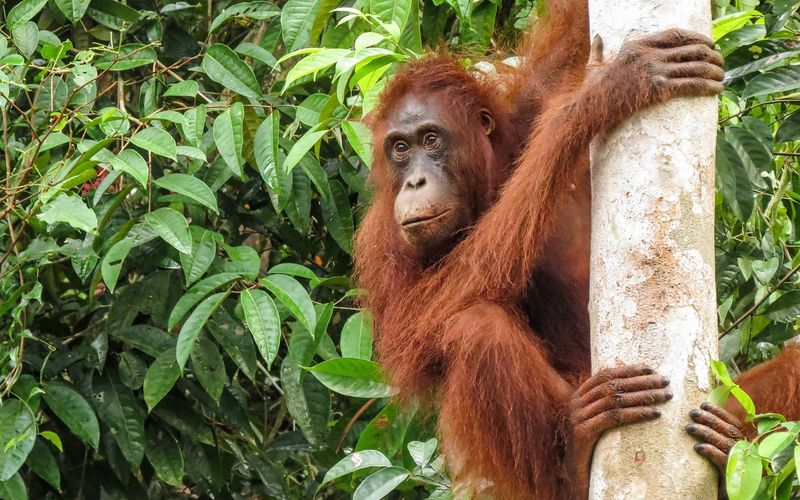
Gentle and wise, the Orangutan’s eyes hold the mysteries of the forest. These great apes dwell in the rainforests of Borneo and Sumatra, where they lead largely solitary lives.
The complexity of their social structures and their dependence on specific forest habitats make them poor candidates for domestication.
Orangutans are highly intelligent, requiring mental stimulation and space to thrive. Captivity can’t offer the rich biodiversity they need to forage and explore.
Thus, they remain as keepers of the jungle’s secrets, living in the dappled sunlight between the trees.
11. Giant Panda
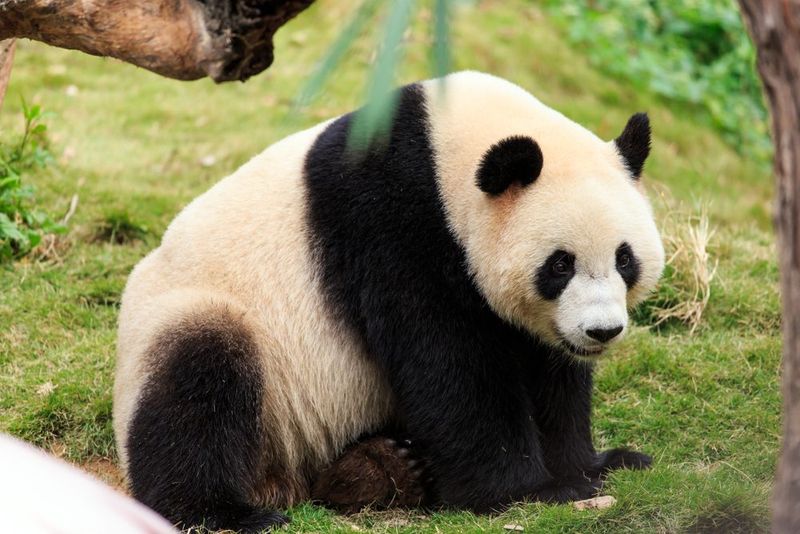
With its round face and monochrome charm, the Giant Panda is adored worldwide. Yet, these bears are not suited for domestic life.
Their diet is predominantly bamboo, which poses a challenge for feeding in captivity.
Pandas are also solitary creatures, thriving in the dense forests of China. Their unique ecological requirements and specialized diet make them dependent on their natural habitat.
Though they capture hearts, their needs are best met in the wild, where they can indulge in their bamboo feasts and peaceful solitude.
12. Cheetah
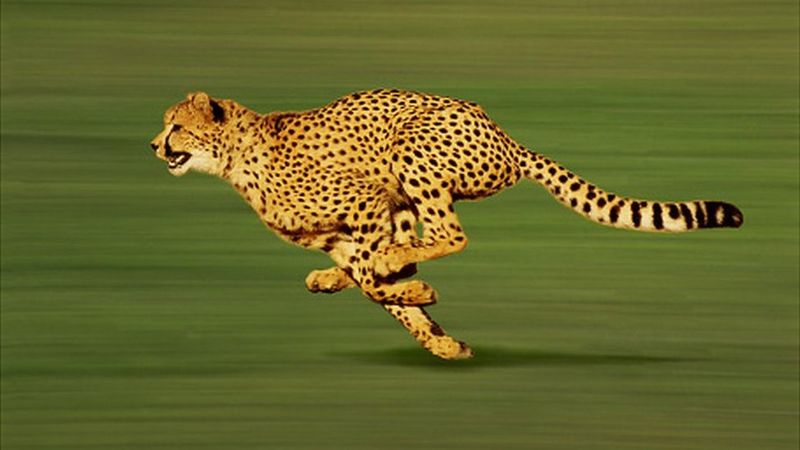
With speed that blurs the lines of motion, the Cheetah defines grace and agility. Built for the chase, these cats need space and opportunity to run, which captivity can’t offer.
Their social structure is unique, with males sometimes forming small groups while females remain solitary. Cheetahs also have specific dietary needs that are difficult to satisfy outside their natural environment.
Domestication would undermine their ability to showcase their remarkable speed and hunting skill. Thus, they remain the swift, ghostly hunters of the open plains.
13. Gorilla
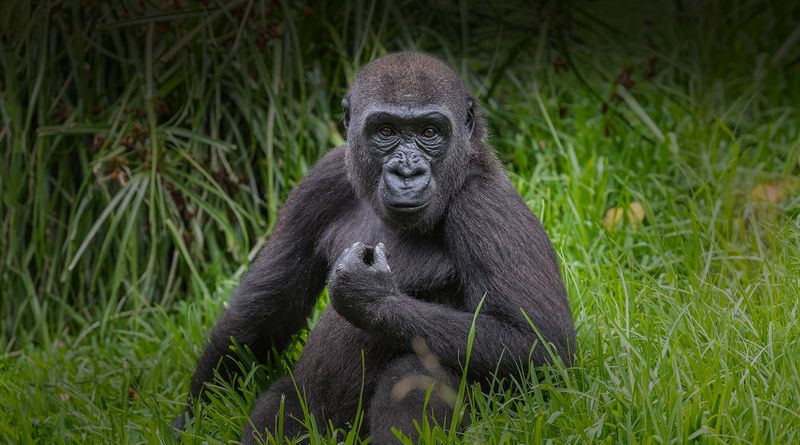
Mighty yet gentle, the Gorilla reflects nature’s duality. These great apes live in complex social groups, requiring space and interaction that captivity cannot provide.
Gorillas have rich emotional lives and social structures, thriving in the dense forests of Africa. Their dietary needs and environmental interactions are intricate.
Captivity cannot replicate their social and physical environment. By remaining in the wild, they continue to teach us about empathy and strength through their familial bonds and peaceful power.
14. Lion
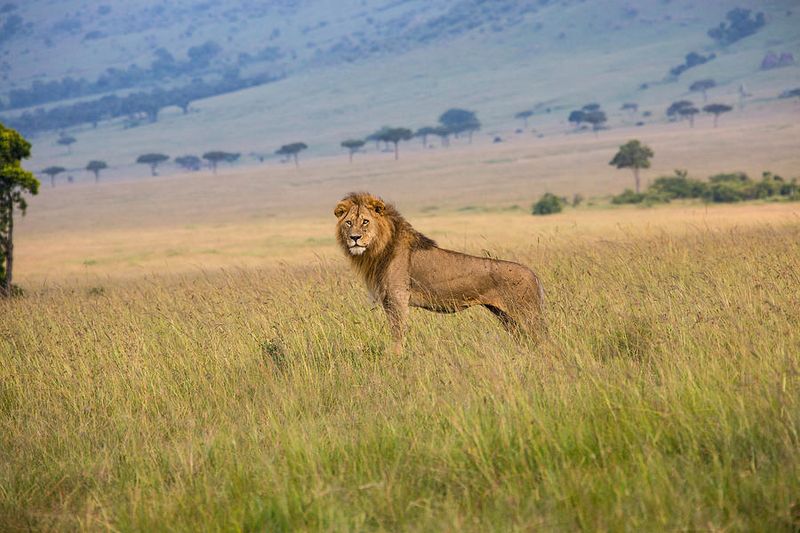
The Lion, with its regal mane and commanding presence, rules the Savannah as king. These majestic cats have complex social structures known as prides, which are difficult to sustain in captivity.
Lions require vast territories and a diet of large game, challenging to provide outside their natural habitat. Their behavior and social needs cannot be met in enclosures.
In their wild realm, they roam freely, their roars echoing across the plains. Here, they embody power and unity, reminding us of the untamed spirit that courses through nature.

